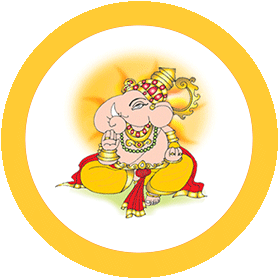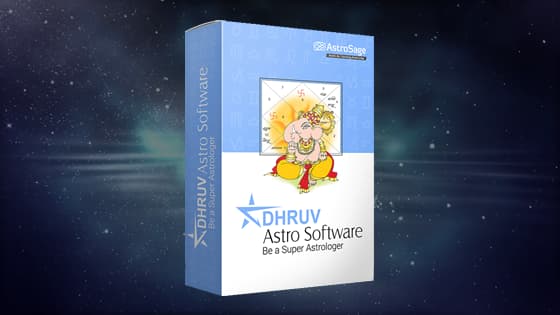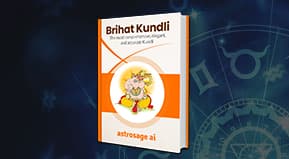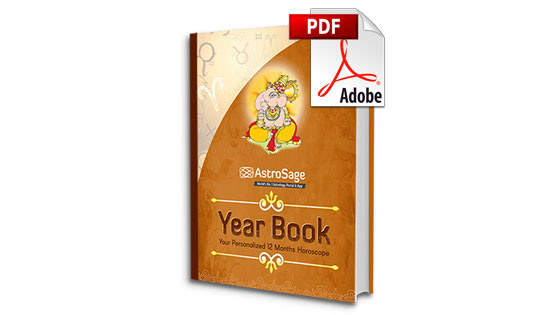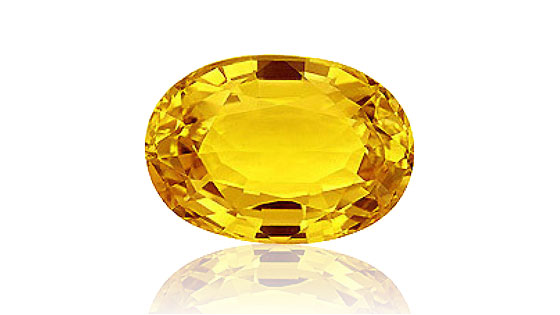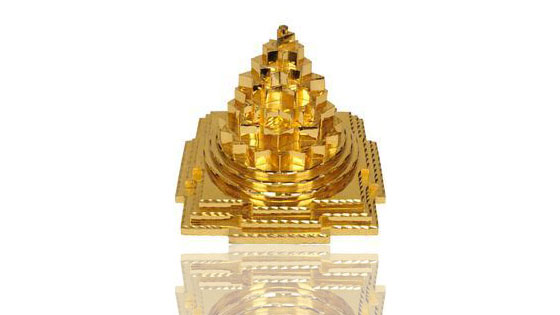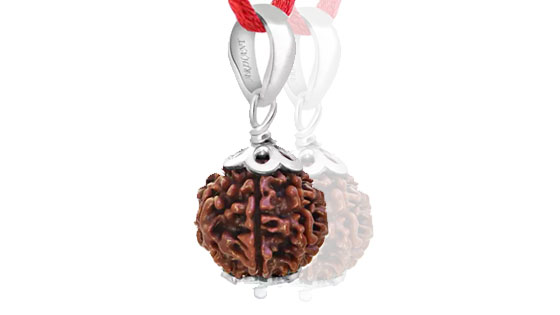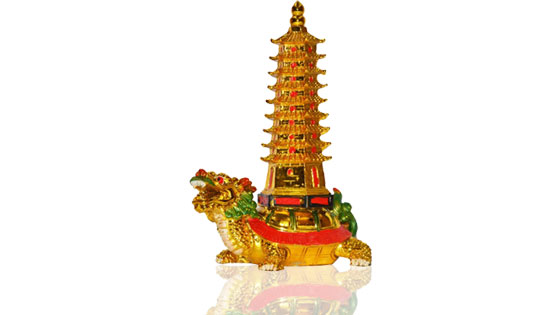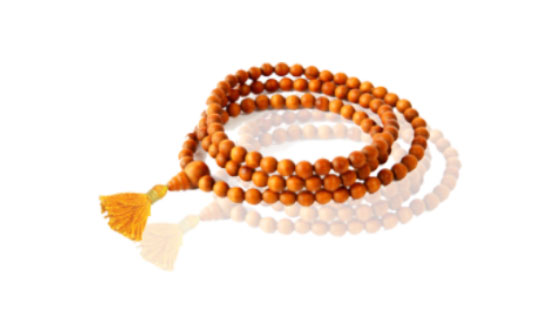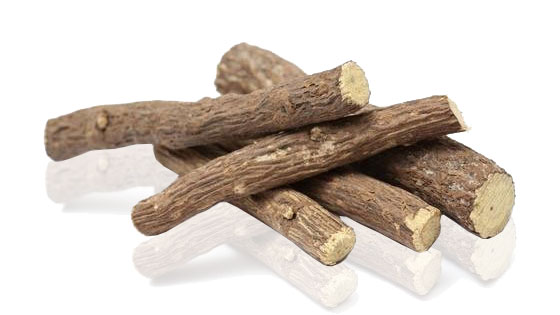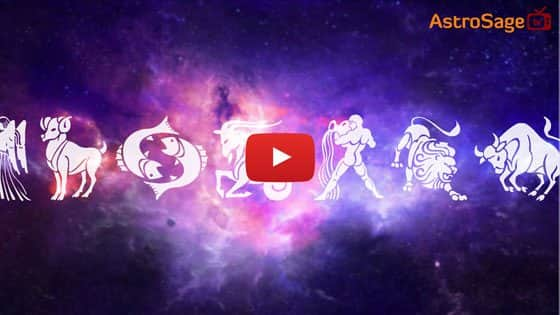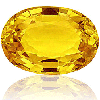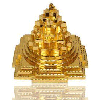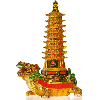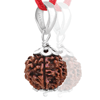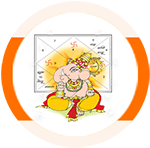Mundan Muhurat 2018
Mundan Ceremony is one of the most pious Sanskar among Solah Sanskars in Hinduism. It brings good luck and prosperity in your child’s life. Read here to know the auspicious Mundan Muhurat in 2018. Also know the best time, day, date and Nakshatra to perform Mundan ceremony in this year.
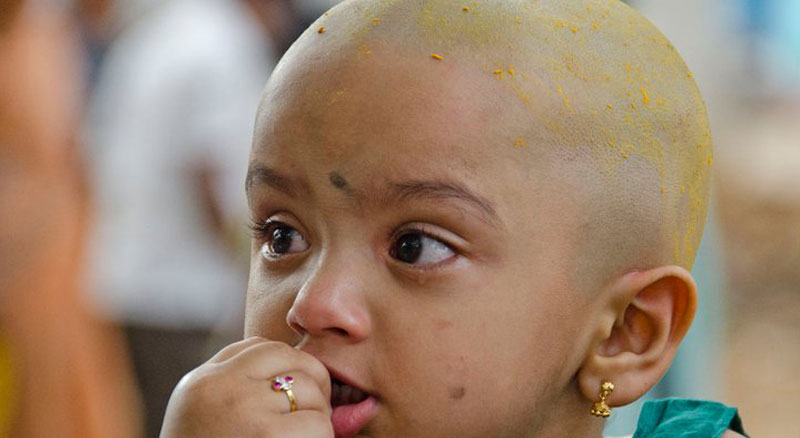
| Date | Tithi | Day | Comments |
| 10 Feb | Dashami | Saturday | In Jyeshta Nakshatra After 14:44 |
| 17 Feb | Dvitiya | Saturday | In Shatabisha Nakshatra |
| 20 Feb | Panchami | Tuesday | In Revati / Ashwini Nakshatra |
| 25 Feb | Dashami | Sunday | In Mrigashira Nakshatra |
| 4 Mar | Tritiya | Sunday | In Hastha Nakshatra Before 13:38 |
| 6 Mar | Panchami | Tuesday | In Swati Nakshatra |
| 13 Mar | Ekadashi | Tuesday | In Shravana Nakshatra |
| 20 Apr | Panchami | Friday | In Mrigashira Nakshatra |
| 27 Apr | Dwadashi | Friday | In Hastha Nakshatra |
| 10 May | Dashami | Thursday | In Shatabisha Nakshatra Before Bhadra |
| 22 Jun | Dashami | Friday | In Hastha Nakshatra |
| 25 Jun | Trayodashi | Monday | In Anuradha Nakshatra |
The significance of 16 Sanskar has been mentioned in Hinduism, among which, Mundan is also an important Samskara. It is believed that some hairs remain on the head of the baby during their birth, which are considered impure. As per Hindu religion, a Human form is attained after 8.4 million births (Yoni). So, to get rid of the debts and bad deeds done in the past lives, birth hair of a child are shaved.
Benefits of Mundan
- Tonsure or Mundan of a baby removes unnecessary heat from their body.
- It also maintains the temperature of their head and brain. Additionally, Mundan also eliminates the headache and gums pain which occurs during teething.
- After Mundan, baby’s head gets Vitamin-D from Sun’s light, which enhances blood circulation in their scalp uniformly. This results in better health and better hair growth in future.
Shubh Muhurat for Mundan Sanskar
Mundan Ceremony is generally performed when a child is 3 years, 5 years or 7 years old. One can also perform this Samskara according to their family’s traditions or along with the rituals of Yagyopavit Sanskar (Janeu Sanskar) in the first year after their child is born. Tonsure or Mundan of a boy child is done in odd years, i.e. 3, 5 or 7 years, while Chaula Karma or Mundan of a girl child is performed in even years. Following are shubh muhurat for performing the Mundan of your child:
- Auspicious Month: As per Hindu Calendar, after Sun Uttarayana during Makar Sankranti, Mundan Ceremony of a child should be performed in Uttarayan months (from January 14 to July 15), i.e. in the month of Jyeshtha, Ashadha, Magh and Phalguna.
- Auspicious Date (Tithi): Dwitiya, Tritiya, Panchami, Sashti, Saptami, Dashmi, Ekadashi and Dwadashi Titihis of Shukla Paksha and Krishna Paksha are considered auspicious for Chudakarana ceremony. Other than these, Trayodashi and Purnima Tithi of Shukla Paksha are also propitious for the ceremony.
-
Auspicious Days: Monday, Wednesday, Thursday and Friday are auspicious for Chudakarana. Among them, Monday of Shukla Paksha is highly felicitous, whereas Monday of Krishna Paksha is considered normal.
-
Auspicious Nakshatra
- Punarvasu, Swati, Shravana, Dhanishta, Shatabhisha and Jyeshtha Nakshatra are auspicious for Mundan ceremony.
- Some astrologers believed that Chudakarana ceremony of a child should not be performed during his/her birth month or birth Nakshatra. There are some other astrologers who believe that birth Nakshatra or birth month is a propitious time for carrying out this ceremony. In such situation, consult an experienced astrologer before performing the Mundan ceremony of your baby.
- It is also believed that if Moon is situated in 4th, 8th, 12th or enemy house in Child’s Kundli, Mundan or tonsure should not be done.
- Mundan ceremony must be avoided in the month of Jyeshtha or during Jyeshtha Nakshatra, if the child is the eldest (first-born).
- Auspicious Lagna (Ascendant) : Dwitiya, Tritiya, Chaturth, Shashtam, Saptam, Navam and Dwadash sign ascendants (Lagna) or their Navamansh Lagnas are propitious for Mundan ceremony.
- Tara Shuddhi: As per Muhurat texts and scriptures, during Krishna Paksha, strong position of Tara Chakra is considered more important for calculating Mundan muhurats rather than the position of moon. On the contrary, strong position of Moon is considered during Shukla Paksha.
(Note: Mundan Sanskar can also be performed despite of the weak position of Tara during Krishna Paksha, if Moon is well placed or in conjunct with a benefic planet).
- Important: Apart from above mentioned religious muhurats for Mundan Sanskar, one can also perform this ceremony during Navratri in Siddha Shakti Peeth or Pilgrimage places as per their family tradition, and without a fixed muhurat.
Know-How of Mundan Sanskar
Chaula Karma or Mundan Sanskar is a very significant religious ritual. It can be performed at home or in a temple and can also be done as per one’s family tradition.
- During tonsure ceremony, baby is faced towards west direction of Havan Agni (Fire).
- First few hairs are cut down by Pandit and the rest hairs of child’s head are shaved by the barber.
- On this occasion, Lord Ganesha should be worshipped and Aayush Hom (Havan) for your child’s long life should also be performed.
- Mundan ceremony must be performed at home, in a temple or Lar (Kul-Devta) temple.
- Collect the shaved hair and immersed them in water.
- Mundan Sanskar is also performed in a pilgrimage place, so that, baby gets positive aura from the divine atmosphere of that holy place.
Scientific Importance of Mundan Sanskar
Apart from its religious significance, tonsure or Mundan Sanskar of a child holds great importance from scientific viewpoint as well. In medical science, teething process in a child can arise various health problems. In this duration, a child generally feels weak, becomes irritated, and may suffer from Diarrhea or hair fall. After Chudakarana ceremony, the body temperature of a child becomes normal and also eliminates various physical and health problems. Another reason for tonsure of a child is that when a child is in the womb of his/her mother, many harmful bacteria get stuck in the hair of the child. These bacteria does not easily get removed, even after washing the hairs several times. Therefore, it is important to cut the birth hair of the child once before 1 year of his/her age. It is also mentioned in Yajurveda that Mundan Ceremony or Sanskar is a highly significant sacrament for a child’s growing health, age, strength and agility.
Read Other Zodiac Sign Horoscope 2018
Astrological services for accurate answers and better feature
Astrological remedies to get rid of your problems

AstroSage on MobileAll Mobile Apps
AstroSage TVSubscribe
- Horoscope 2026
- राशिफल 2026
- Calendar 2026
- Holidays 2026
- Shubh Muhurat 2026
- Saturn Transit 2026
- Ketu Transit 2026
- Jupiter Transit In Cancer
- Education Horoscope 2026
- Rahu Transit 2026
- ராசி பலன் 2026
- राशि भविष्य 2026
- રાશિફળ 2026
- রাশিফল 2026 (Rashifol 2026)
- ರಾಶಿಭವಿಷ್ಯ 2026
- రాశిఫలాలు 2026
- രാശിഫലം 2026
- Astrology 2026








